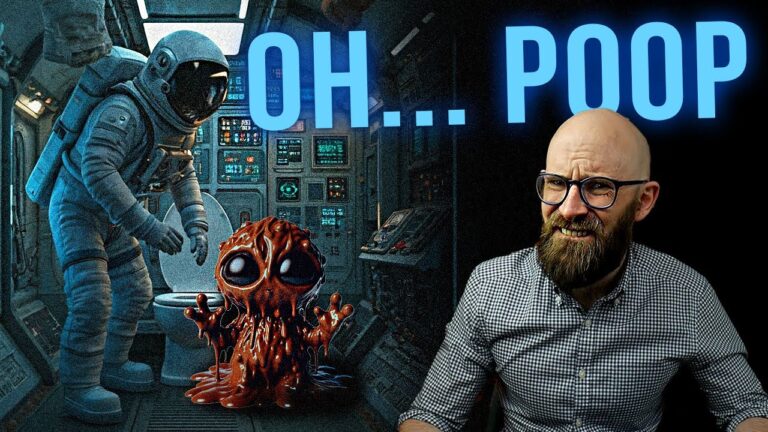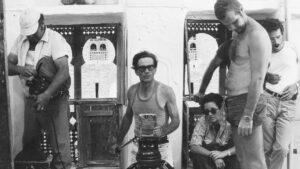“Gravity-Defying Dilemmas: The Ingenious Solutions Astronauts Use to Conquer the Ultimate Space Challenge!”
Following the launch of Project Mercury – the first American manned space programme – in 1958, the United States Air Force sponsored a study on human waste collection in a spacecraft. For the short-duration Mercury missions then being planned, faecal collection was not deemed necessary, though urine collection would likely be required. The study examined contemporary urine collection devices then on the market and concluded that the designs in use aboard military aircraft were inadequate due to excessive leakage – a problem that would only be exacerbated by microgravity. Instead, the final report recommended the use of commercial UCDs used in hospitals on bedridden male patients, which formed a tight seal around the penis and featured a one-way valve to preventback flow. Strangely, however, NASA seemingly ignored this and similar studies, and both the original Mercury Seven astronauts’ training and the testing of the Mercury Spacecraft and the Navy Mk.IV space suit were conducted entirely without any form of UCD. Indeed, when a 12-year-old Pennsylvania schoolgirl wrote to NASA in February 1961 to ask:
Dear Sir,
In our science class we were talking about the first man that would go into space and we would like to know where they go to the toilet when there [sic] up in space and there’s no gravity.
Yours truly,
Brenda Kemmerer
…Dr. Freeman H. Quimby of NASA’s Office of Life Science Programs replied that “…the first space man is not expected to have ‘to go’”. As the first spaceflights would last only 15 minutes, astronauts were simply expected to “hold it” until brought aboard the recovery ship after splashdown.











